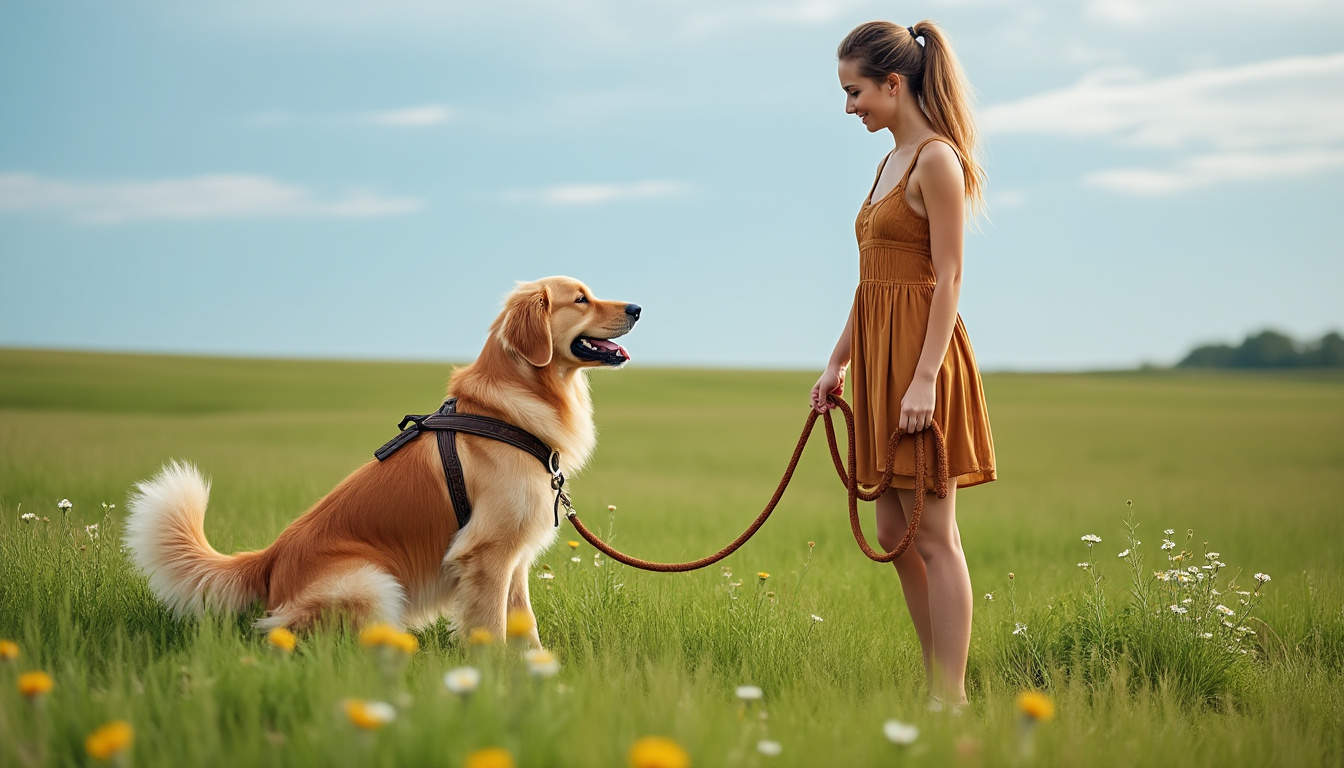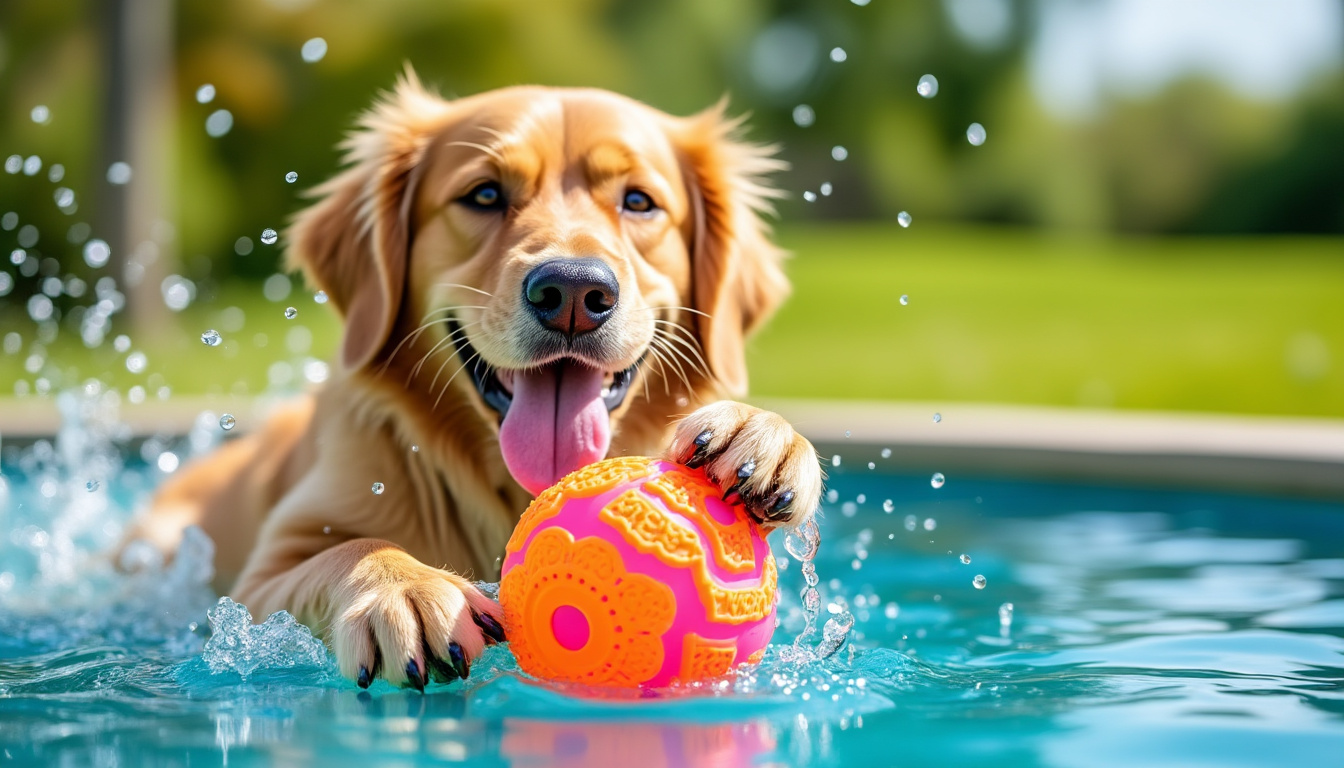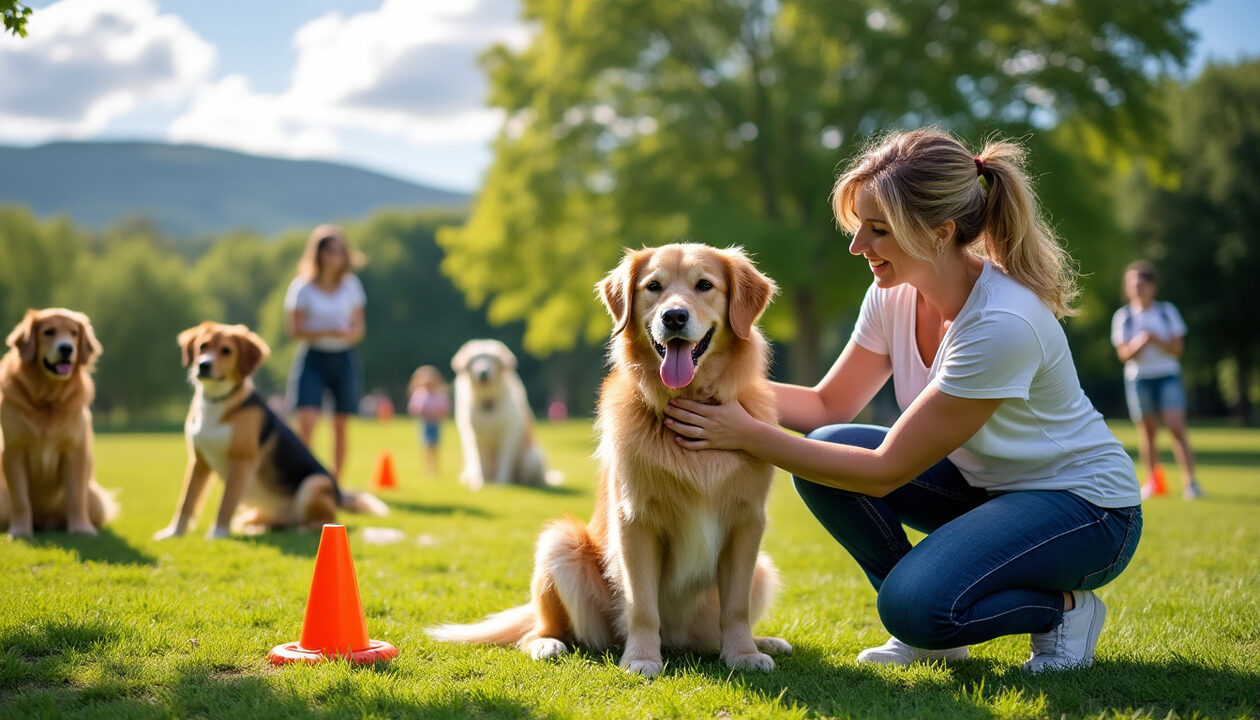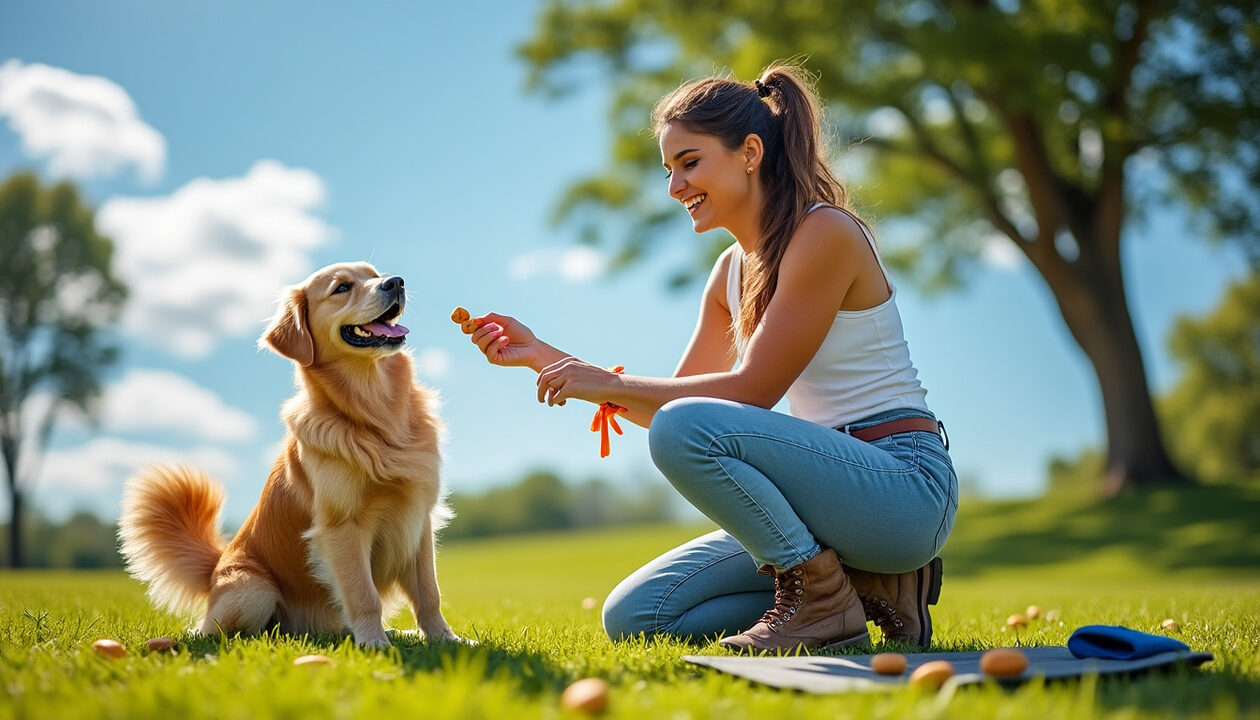What are the necessary tools to train your dog?
Training your dog is a crucial aspect of establishing a harmonious relationship with them. The right tools are essential for ensuring effective and positive training. This article looks into the best dog accessories, including training collars, educational toys, and other necessary equipment to ensure that your four-legged companion behaves appropriately. With an approach based on respect and kindness, it is possible to teach your dog to obey simple commands while making them happy and balanced. Whether you are a beginner or an experienced owner, there are a multitude of tools available to assist you in this rewarding task.
Basic Accessories for Dog Training
Before starting to train your dog, it is essential to equip yourself with the best dog accessories to facilitate the training process. One of the first tools to acquire is a training collar or a harness. The choice between these two options will depend on your dog’s specific needs. Harnesses are particularly recommended for dogs that pull a lot on the leash; they distribute the pressure on the animal’s body, thereby reducing the risk of injury. A good leash system is also indispensable. Opt for a sturdy leash that allows you to maintain control while giving your dog some freedom of movement.

The Importance of the Leash in Training
The leash is a fundamental tool in dog training. It not only helps control your dog’s movements but also reinforces behavioral lessons. Choose an appropriate length that offers a good balance between control and freedom. Retractable leashes can also be practical, but they require a certain level of training to prevent your dog from wandering too far. During walks, start in quiet areas to create a conducive environment for learning.
Essential Training Tools
Once you are equipped with the basic accessories, it’s time to focus on the training tools that will assist you in your efforts. The clicker is a very popular device among dog trainers. This instrument emits a distinct sound when pressed. This sound serves to mark the desired behavior, allowing your dog to associate it with a reward. The joint use of treats reinforces this learning, making the process much more fun and enjoyable. To delve deeper into this topic, check out resources on using equipment for dog training.
Treats as a Training Tool
Treats play an important role in training. By choosing healthy and tasty rewards, you can motivate your dog to learn new commands and reinforce their positive behavior. Pay attention to the size of the treats and avoid overindulgence to prevent weight issues. Combining treats with the clicker creates an effective learning method while increasing the affection your dog feels towards you.
Educational Toys for Dogs
Educational toys for dogs also play an important role in the training process. They not only entertain your companion but also stimulate their intelligence and agility. Interactive toys that allow your dog to solve puzzles for a reward are particularly effective. Be sure to choose toys that are suitable for the size and strength of your animal to avoid any risk of accidental ingestion.

Choosing Toys Suitable for Your Dog
When choosing educational toys, check their durability and safety. Some toys are designed for aggressive dogs, while others are better suited for puppies exploring the world. Three recommended brands in the field of educational toys for dogs are Ferplast, Karlie, and Petsafe. Explore different types of toys to find those that best meet your dog’s needs. Keep in mind that these items should also promote good dental health while providing constructive distraction.
Anti-Barking Devices and Other Equipment
For those facing excessive barking issues with their dog, anti-barking devices can be helpful. When using these tools, it is crucial to do so thoughtfully and in conjunction with positive training. A calm and positive environment is also a key element in any educational process. Avoid shouting or using physical punishment; instead, favor methods that reinforce desired behaviors.
Physical Barriers and Safety
Physical barriers, such as fences or dog parks, will help you manage the space where your animal operates. They not only protect your dog from external dangers but also create a secure environment where they can learn without distractions. By teaching your dog appropriate behaviors in a safe environment, you are promoting their psychological and emotional well-being.
| Tools | Use | Recommended Brands |
|---|---|---|
| Clicker | Mark good behavior | Petsafe |
| Treats | Rewards during learning | Karlie |
| Educational Toys | Stimulate intelligence | Ferplast |
| Training Collars | Control behavior | Ferplast |
| Physical Barriers | Create a safe environment | – |
Creating a Conducive Environment for Dog Training
Learning for a dog involves much more than just tools and accessories. The atmosphere in which training takes place is equally essential. It is important to create a calm and positive environment where your dog feels safe and loved. Patience and consistency are fundamental elements in any educational process. By avoiding shouting, you reinforce the trust bond. Education is a real team effort that goes beyond simple obedience.
The Importance of Motivation
A motivated dog learns better. Use positive methods that reinforce good behavior. Every dog is unique; some methods may be more effective than others depending on your animal’s personality and temperament. Establishing a strong bond with your dog by sharing enriching moments is a great way to improve their obedience skills. Look for innovative ways to make learning fun. Affection exchanges, games, and even certain competitions can create a conducive learning atmosphere.
Training your dog with the right tools helps to strengthen the relationship you have with them while ensuring their safety and well-being. By integrating suitable accessories, a healthy environment, and positive training methods, you will be able to raise a balanced and happy dog.





